- Convenient bundles with extra savings
- Save time and money with our kits and bundlesFind your ideal containerBuild your terrarium up from the bottomTime to get creative, add plants, moss and decorations
- ContainersGrow Like a Pro
Syngonium Pixie Arrowhead Vine Plant
- Free wee gift when you spend £50
- Shipping only £3.95 on orders £20 and over
- Free delivery on orders over £80
Syngonium is a popular choice for plant lovers due to its attractive foliage and low needs. The plant will thrive in bright, indirect sunlight but also tolerate low-light conditions.
This low-maintenance and fast-growing plant has air-purifying properties and the natural ability to improve indoor air quality, Syngonium is an excellent choice for those looking to bring some nature inside their home or workplace.
Ideal as a hanging or standing plant which can climb on a moss pole or hand from a basket or macrame. Suitable for terrariums.
Can be hanging or climbing on moss poles.
Free Care Guide With Every Purchase
Scan the QR for instant access to our care guide for your plant. No hassle, no stress, just healthy and happy plants.
Syngonium is a popular choice for plant lovers due to its attractive foliage and low needs. The plant will thrive in bright, indirect sunlight but also tolerate low-light conditions.
Syngonium Butterfly Care Guide
Light
- Ideal Conditions: The Syngonium Butterfly prefers bright, indirect light but can tolerate lower light levels. It thrives near a window with filtered sunlight.
- Avoid: Direct sunlight, which can scorch the leaves.
Watering
- Watering Frequency: Water when the soil dries out. Be careful not to overwater, as soggy soil can lead to root rot.
- Winter Care: During colder months, reduce watering, allowing the soil to dry out a bit more between waterings.
Humidity
- Preferred Level: High humidity is ideal for the Syngonium Butterfly. Regular misting or placing the plant on a humidity tray can help maintain moisture levels.
- Adaptability: It can tolerate average household humidity but may develop brown leaf tips in very dry air.
Temperature
- Ideal Range: 18–24°C. Protect it from cold drafts and sudden temperature changes.
- Avoid: Temperatures below 15°C as this may stress the plant.
Soil
- Best Soil Type: Use a good quality aroid potting mix that provides both moisture retention and excellent drainage.
Fertilising
- Feeding Schedule: Feed monthly during spring and summer with a balanced, water-soluble fertiliser at half-strength.
- Dormant Period: No need to fertilise during autumn and winter when the plant’s growth slows down.
Pruning
- How To Prune: Trim back leggy growth or unruly vines to maintain a compact shape. Syngoniums tend to become vine-like as they mature.
- Encouraging Bushier Growth: Regularly pinching back new growth can encourage a bushier appearance.
Syngonium Butterfly Troubleshooting
Yellowing Leaves
- Cause: Overwatering is the most common reason for yellowing leaves. Ensure the soil dries out between waterings and that the pot has proper drainage.
- Solution: Cut back on watering and ensure the pot is not sitting in excess water.
Brown Leaf Tips
- Cause: This is often due to low humidity or inconsistent watering.
- Solution: Increase humidity by misting regularly or using a humidifier. Ensure the plant is watered evenly.
Leggy Growth
- Cause: Lack of light can lead to leggy or stretched-out growth as the plant tries to reach for more light.
- Solution: Move the plant to a brighter spot, but avoid direct sunlight.
Pests
- Common Pests: Spider mites and aphids are the most common pests for Syngonium Butterfly.
- Solution: Treat infestations by wiping the leaves with a damp cloth, and use insecticidal soap or neem oil for severe cases.
Root Rot
- Cause: Root rot is caused by overwatering or poor drainage.
- Solution: Remove the plant from the pot, trim off any affected roots, and repot into fresh, well-draining soil.
Syngonium is toxic to pets
- How often should I water my Syngonium Pixie and what are the signs of overwatering?
- Water the plant when the top inch of soil feels dry. Signs of overwatering include yellowing leaves and a soggy base, which could lead to root rot. Adjust your watering schedule based on seasonal changes, watering less frequently during colder months.
- Can the Syngonium Pixie be grown in a terrarium, and if so, how should it be cared for?
- Yes, this plant is suitable for terrariums due to its size and humidity preferences. In a terrarium, ensure it has medium light and avoid waterlogging by using well-draining soil and a layer of gravel at the base for proper drainage.
- Is the Syngonium Pixie suitable for beginners and what are the common mistakes to avoid?
- Absolutely, it’s ideal for beginners due to its low maintenance needs. Common mistakes include overwatering and placing it in direct sunlight, which can scorch the leaves. Ensure it receives bright, indirect light and allow the soil to dry slightly between waterings.
We’re still working on the care guide for this product. Please check back soon!
- Authentic Photos of Our Plants: We take every photo you see, showcasing the actual plants we offer. Each plant is selected randomly unless otherwise stated, adding a touch of surprise to your order.
- Natural Variations Make Each Plant Unique: No two plants are the same. Differences in size, leaf count, and minor cosmetic imperfections are part of their charm and individuality, making your plant truly one of a kind.
- Healthy Plants, Always: While we can’t guarantee an exact match to the photos, we promise to send only happy, healthy plants that are well-cared for and ready to thrive in your space.
- Let Your Plant Settle: Allow your new plant to adjust to its surroundings for 1–2 weeks before repotting, propagating, or making any major changes. This settling-in period reduces stress and helps your plant flourish.
- Shipped-in Trusted Potting Mix: Our plants are delivered in a standard grower’s potting mix. When you’re ready to repot, choose from our premium-quality mixes designed specifically for aroids, succulents, and terrariums, available in our shop.
- Expert Guidance on Repotting: I’m unsure if it’s time to repot. Check out our article, When to Repot Your Plant, for expert advice on keeping your plant healthy and happy.
- Support for Climbing Plants: For Monstera, Philodendron, and Syngonium, add one of our handmade sphagnum moss poles and a watering drip cup. These accessories encourage natural growth, support larger leaves, and keep your plants neat and upright.
- Simple Care at Your Fingertips: Every plant includes plant care instructions, and you can scan the QR code on the nursery pot to access detailed guides. For additional help, our Moss Bot is available 24/7 on the website to answer your plant care questions.
- Complete Your Plant Setup: Browse our selection of stylish planters, precision pruning tools, watering tools, full spectrum grow lights, eco-friendly pest treatments, organic plant food, and efficient watering accessories. Everything you need for a thriving plant collection is just a click away.
Sustainably Packed with Care: Your plant will arrive safely, packed with reused and environmentally friendly materials. While we take great care to prevent damage, some fragile plants may experience minor leaf loss during transit—but don’t worry, your healthy plants will grow back. - Perfect for Every Plant Parent: Whether you’re just starting your plant journey or have a home filled with greenery, our products and accessories are designed to help you succeed.
- We carefully wrap every order using eco-friendly materials wherever possible.
- We use the Royal Mail tracked 24 delivery service.
- Orders take 1 – 2 days processing time to send; orders placed before 1.30 pm are usually sent the same day.
- Delivery is £6.95 per order, reduced to only £3.95 when you spend £20 or more
- Spend over £80 for free delivery!
- Free collection from our shop in Aberdeen and £3 local delivery available
- On rare occasions, we may use alternative couriers if necessary.
5.0
Based on 1,347 reviews
| 5 star | 97 | 97% |
| 4 star | 2 | 2% |
| 3 star | 1 | 1% |
| 2 star | 0 | 0% |
| 1 star | 0 | 0% |
1-5 of 1347 reviews
Sorry, no reviews match your current selections
Reviews
There are no reviews yet
Add a review
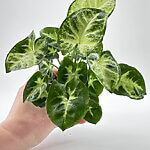 Syngonium Pixie Arrowhead Vine Plant
Syngonium Pixie Arrowhead Vine Plant
Rating*
0/5
* Rating is required
Your review
* Review is required
Name
* Name is required
Email
* Email is required
Add photos or video to your review
* Please tick the checkbox to proceed
-

Hypoestes Phyllostachya Polka Dot Plant 8cm pot
Rated 5.00 out of 5£6.00Select options This product has multiple variants. The options may be chosen on the product pageBuy 3 Get 1 FREE -


Boston Fern Nephrolepis Exaltata Green Lady
Rated 5.00 out of 5From: £20.00Select options This product has multiple variants. The options may be chosen on the product page -


Tradescantia Callisia Repens Pink Lady Creeping Inchplant
Rated 5.00 out of 5£6.00Select options This product has multiple variants. The options may be chosen on the product page -


Senecio Peregrinus String of Dolphins
Rated 5.00 out of 5£20.00Select options This product has multiple variants. The options may be chosen on the product page
-


MINI Natural Moss pole 30cm
Rated 4.92 out of 5From: £10.00Select options This product has multiple variants. The options may be chosen on the product page
SKU: 94219
Categories: Hanging & Trailing, Houseplants, Match with Moss, Wee Plants
We’re a small family business with a big love for plants.
From our base in Aberdeen, we pack every order with care and love. Our small size means we can be flexible with special requests, and we’re always happy to help. We reuse packaging, craft our own eco-friendly products, and offer friendly advice whenever you need it.
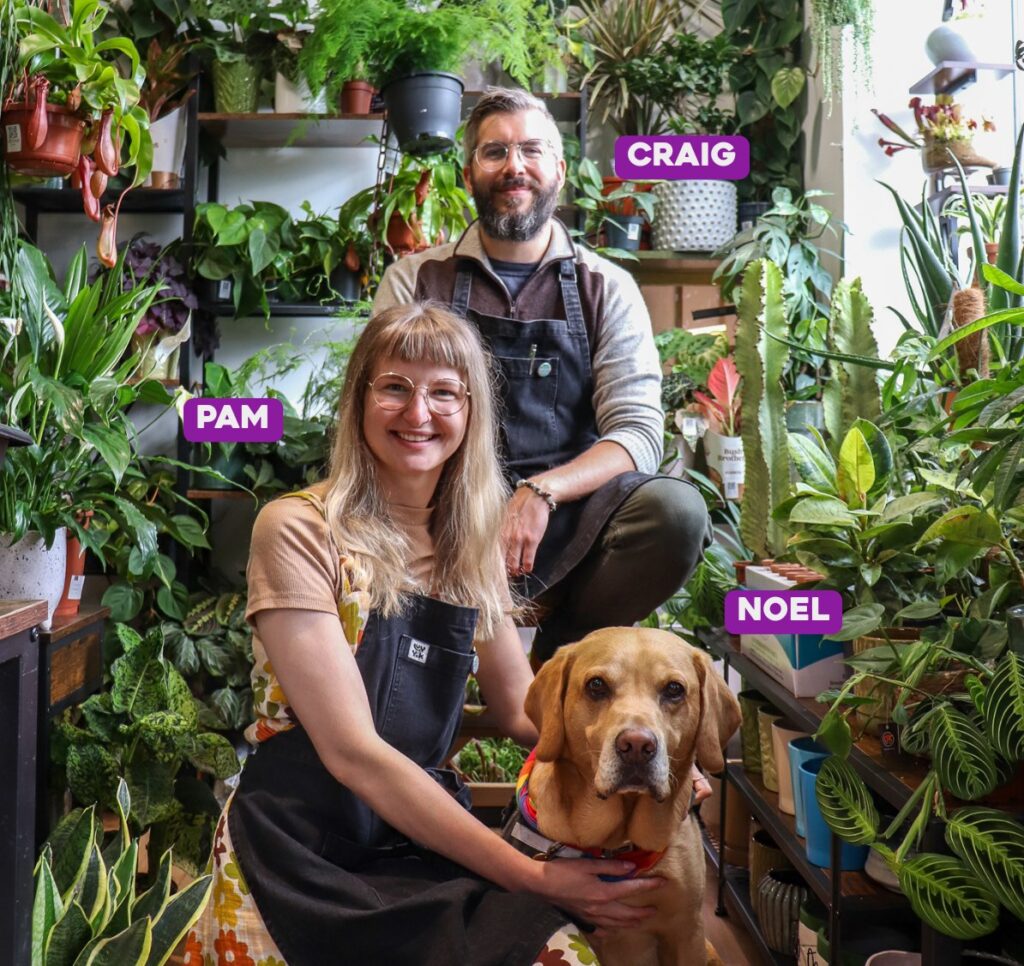






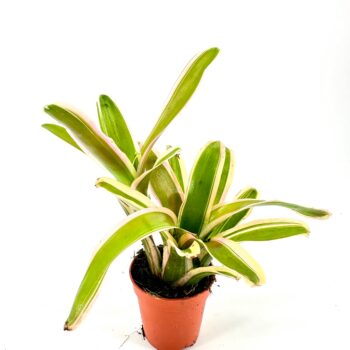

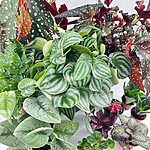


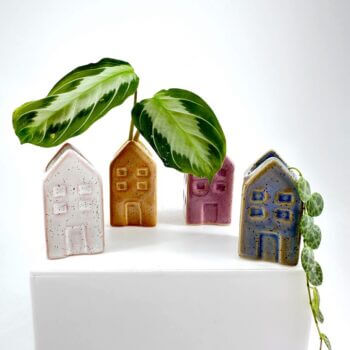
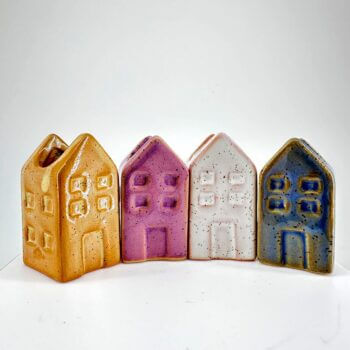


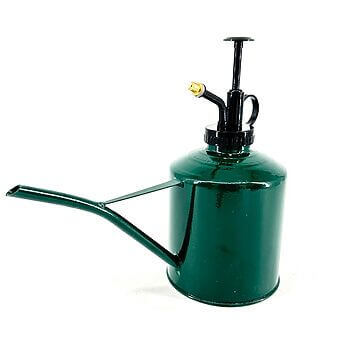
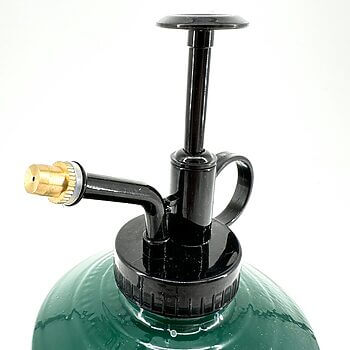
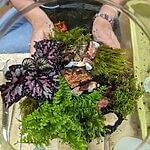
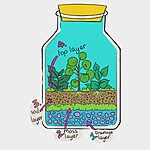

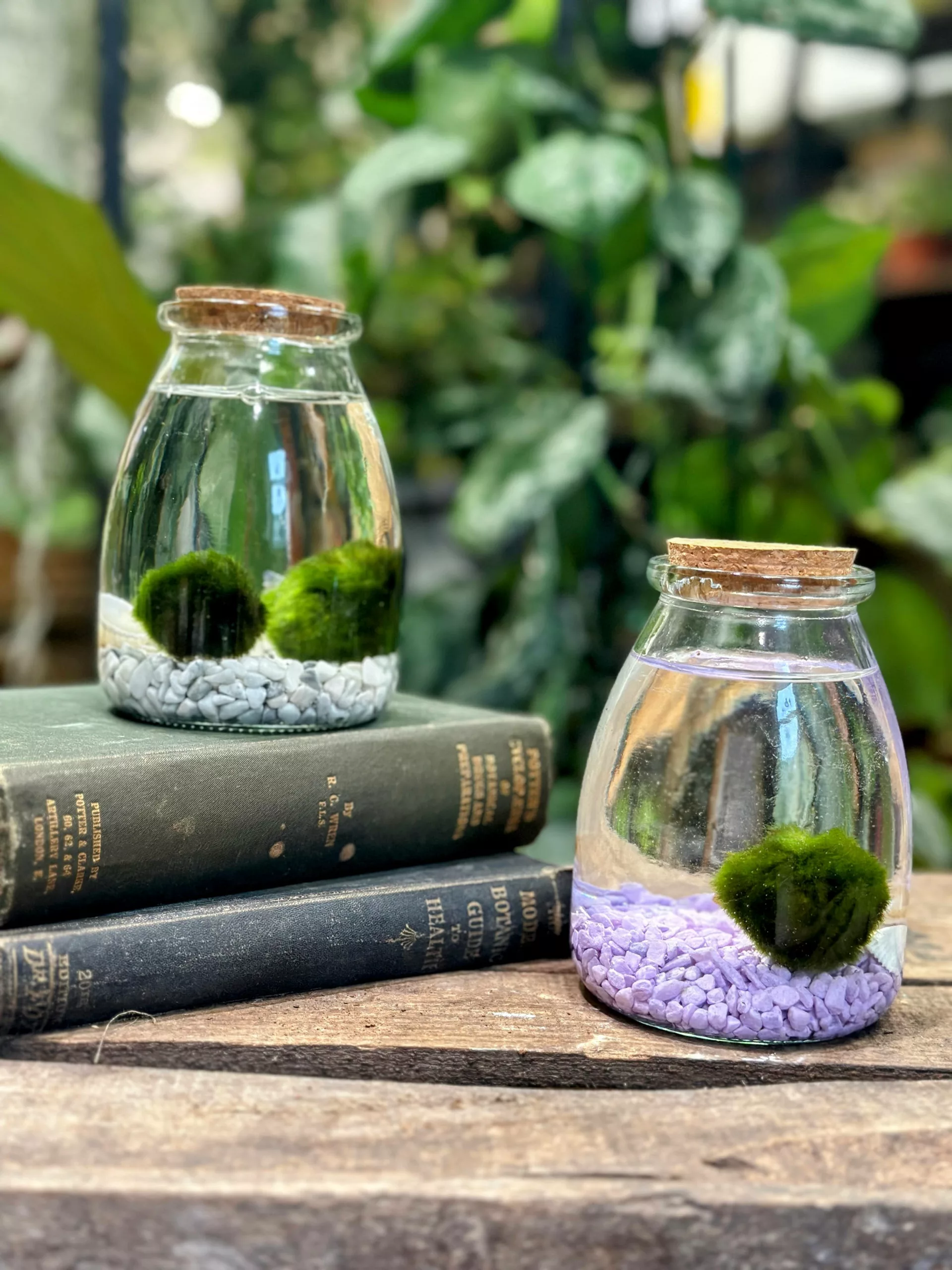
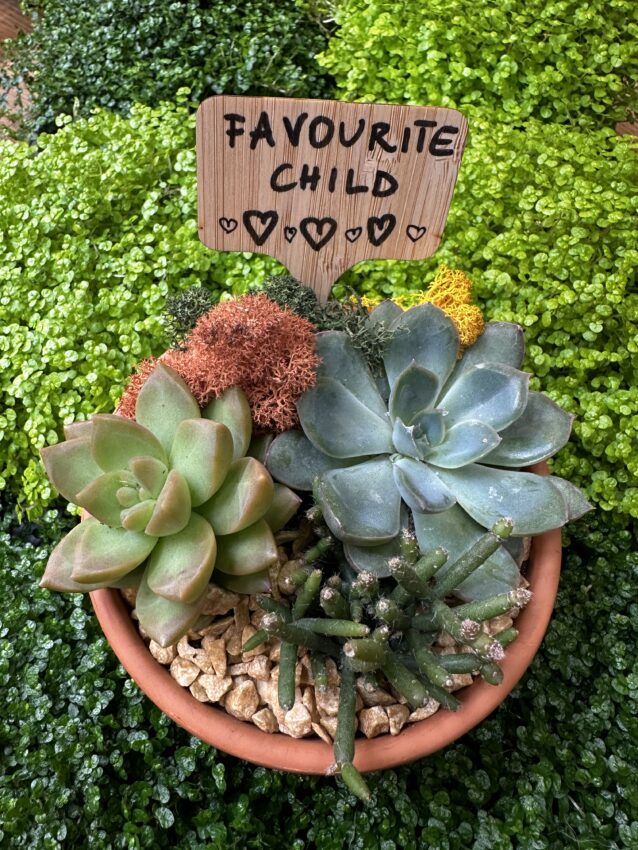
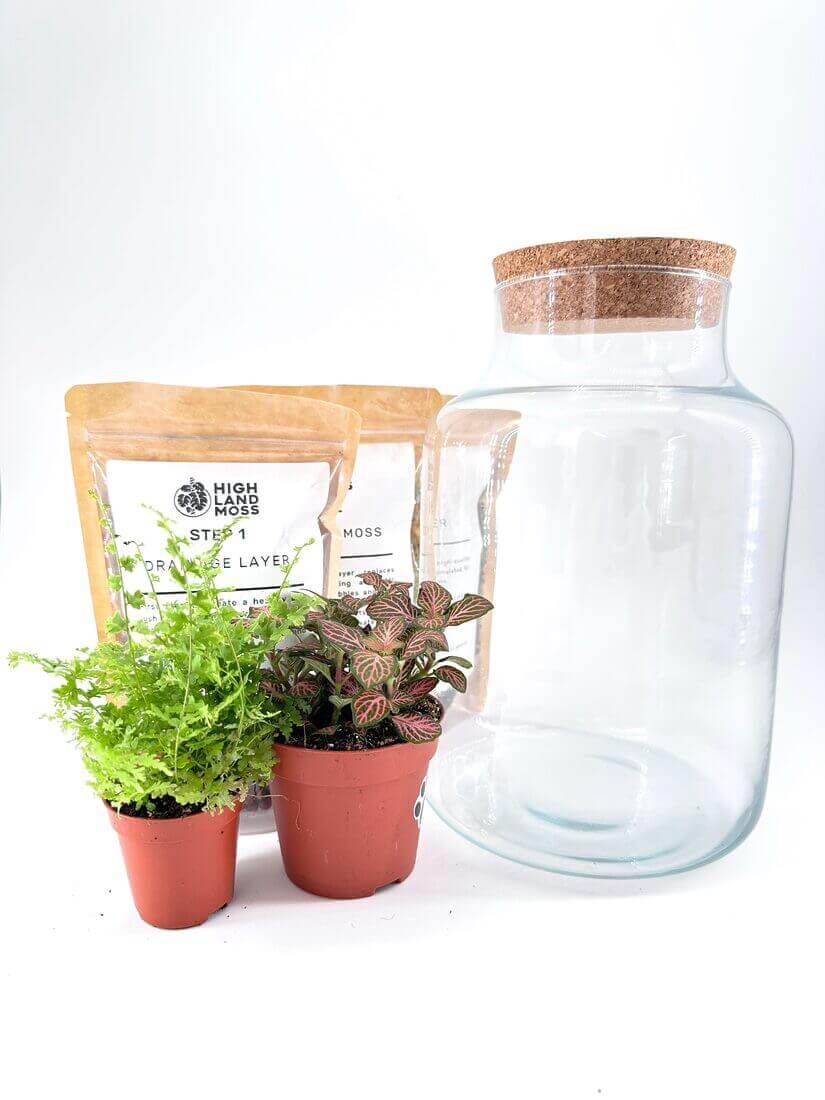
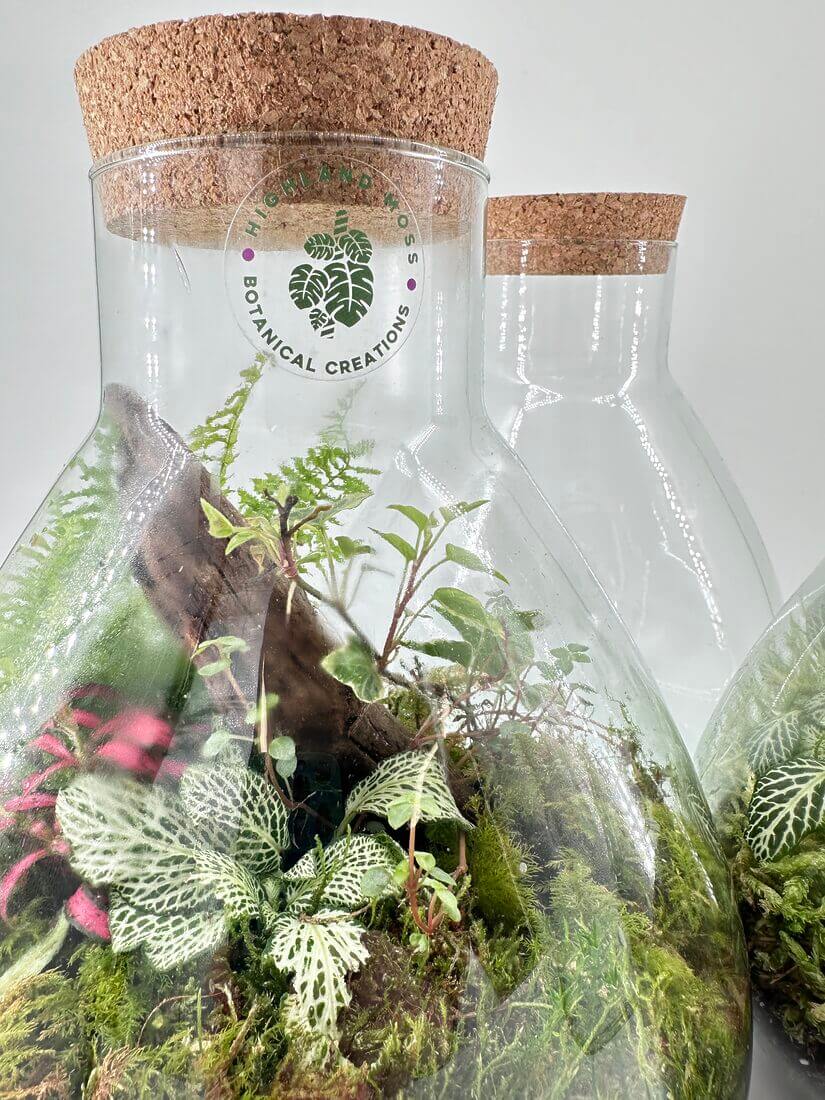
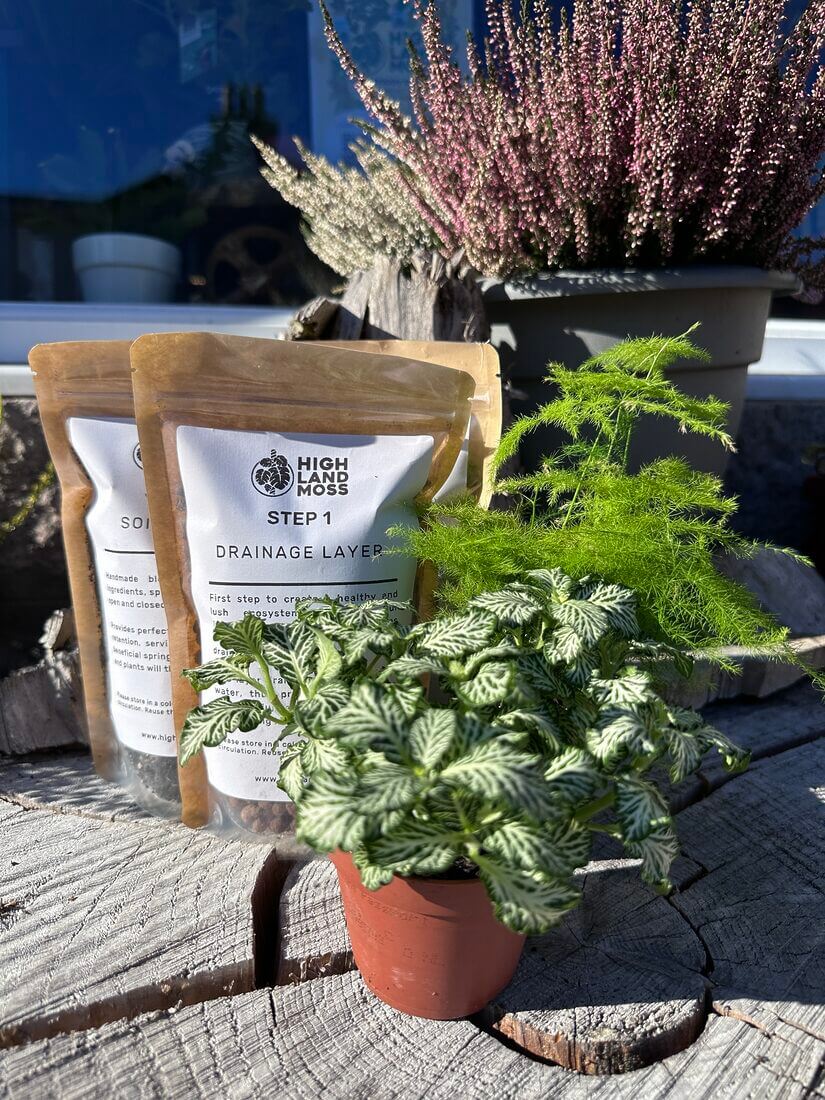

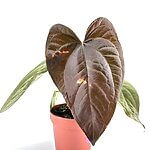


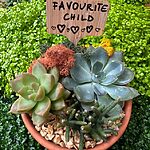
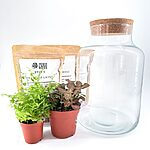
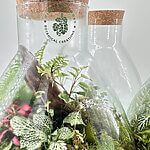
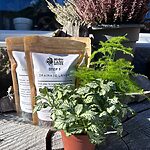


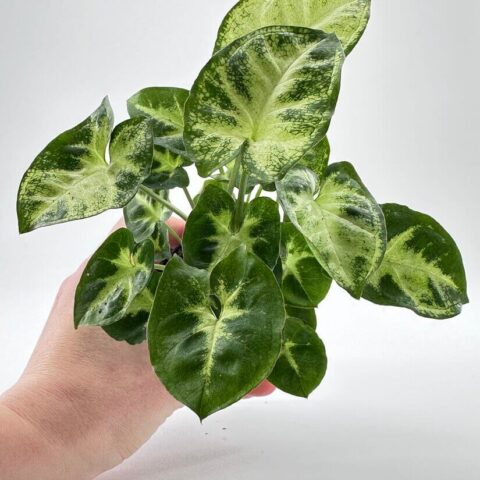



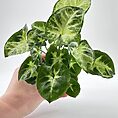
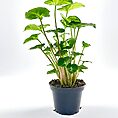
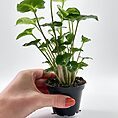
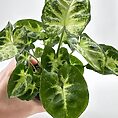
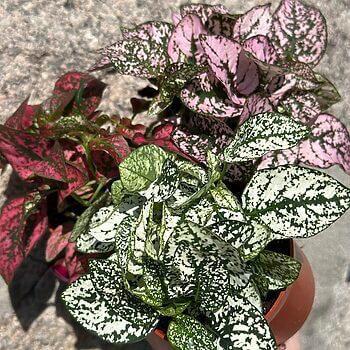
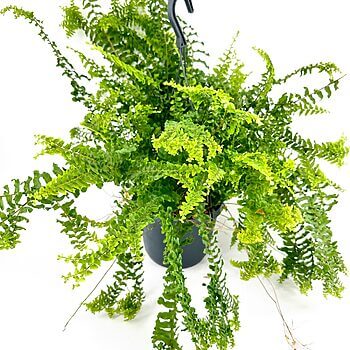
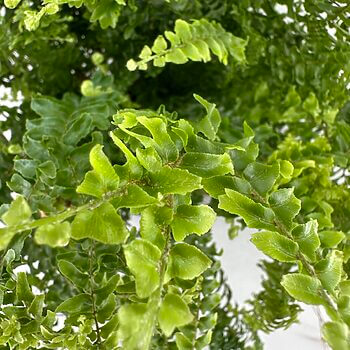
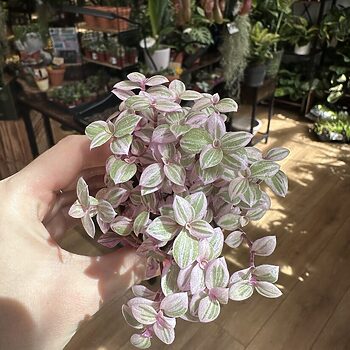


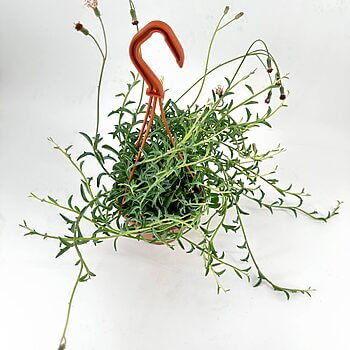
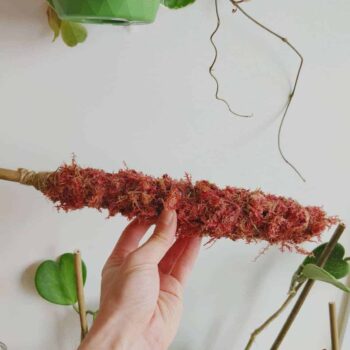

Excellent
Excellent Product